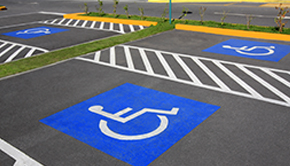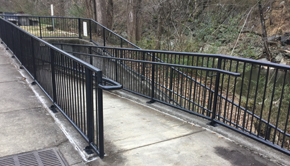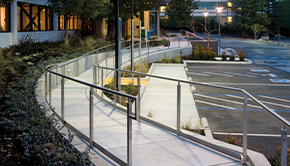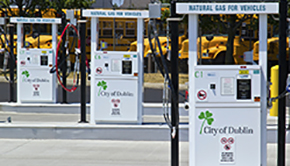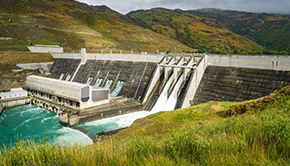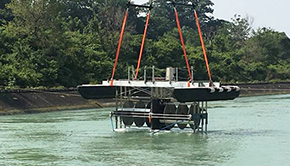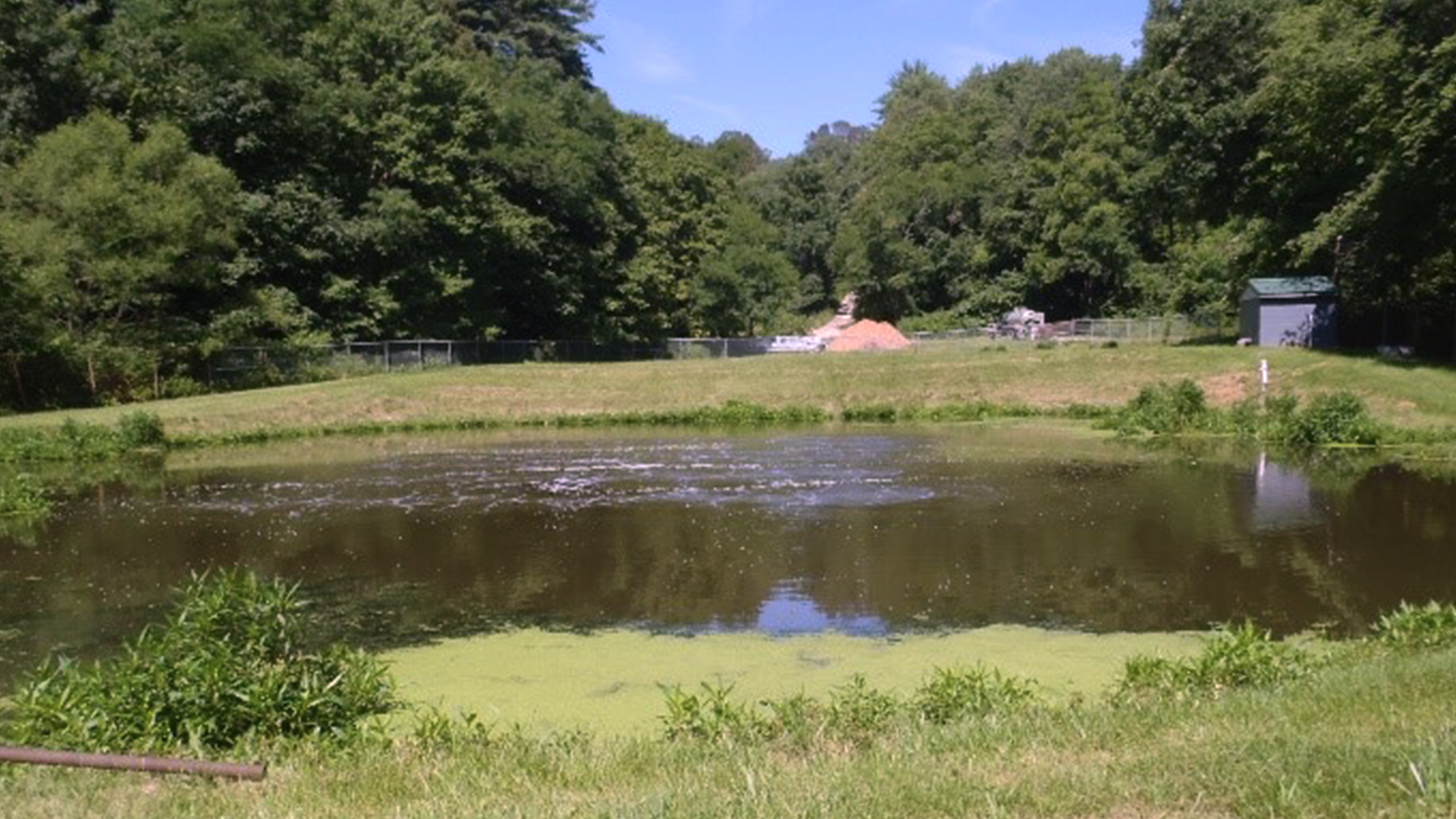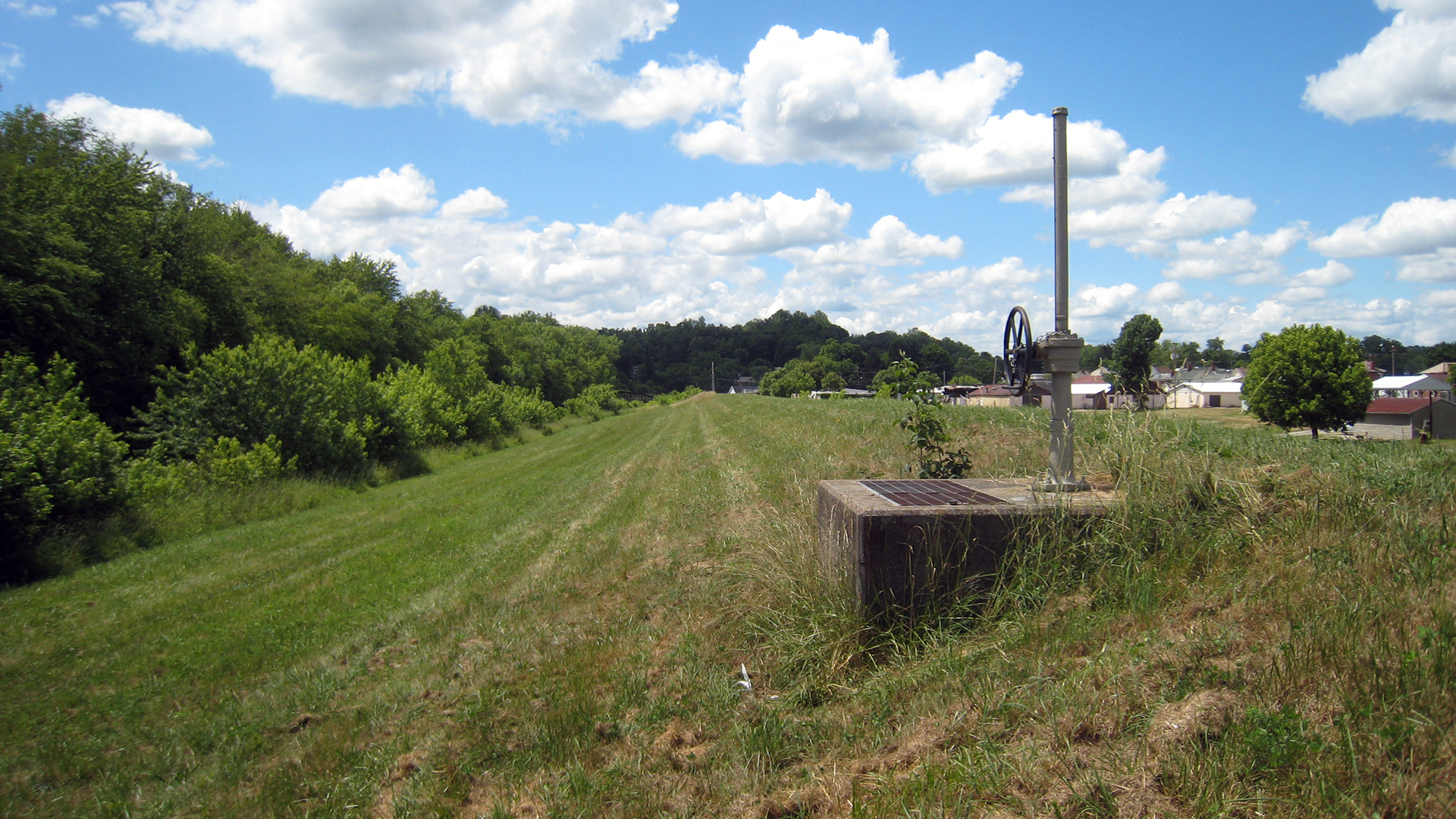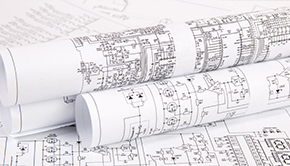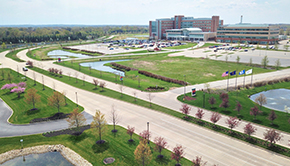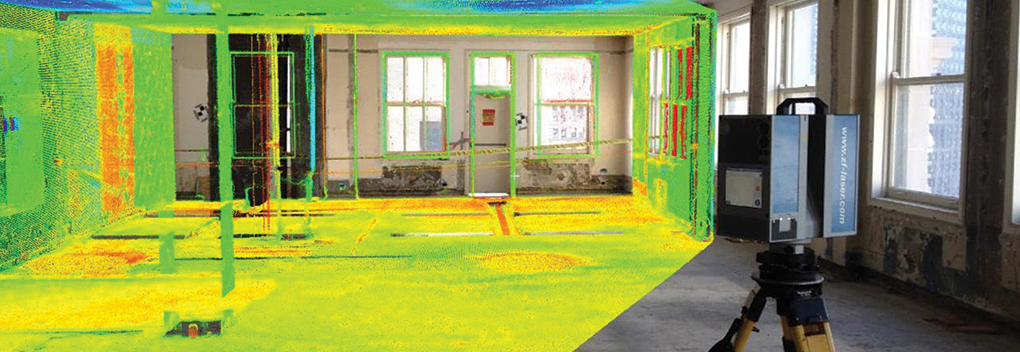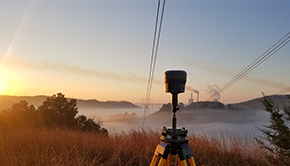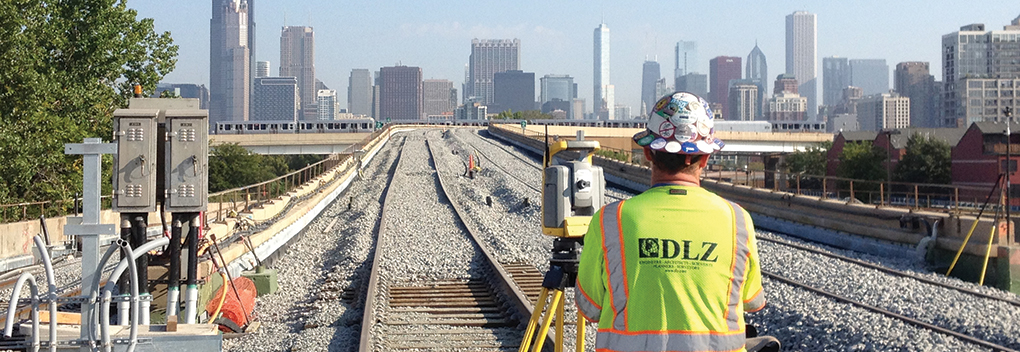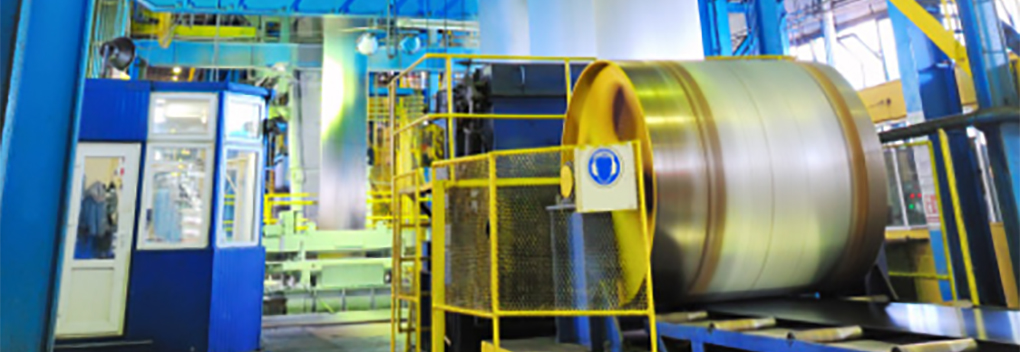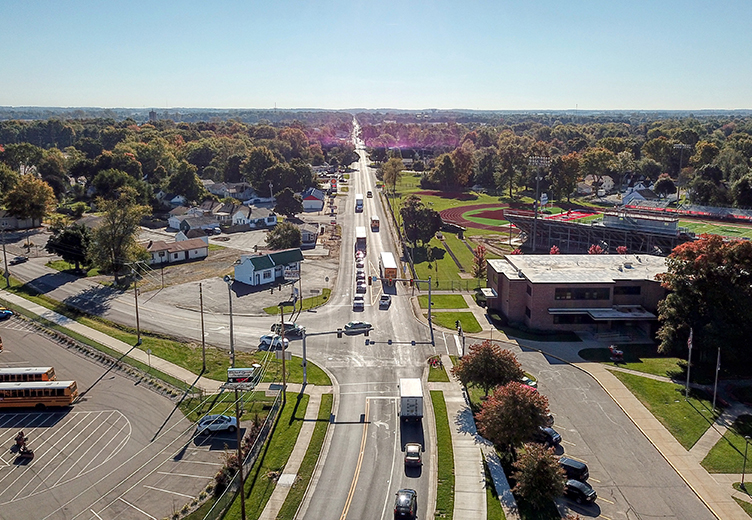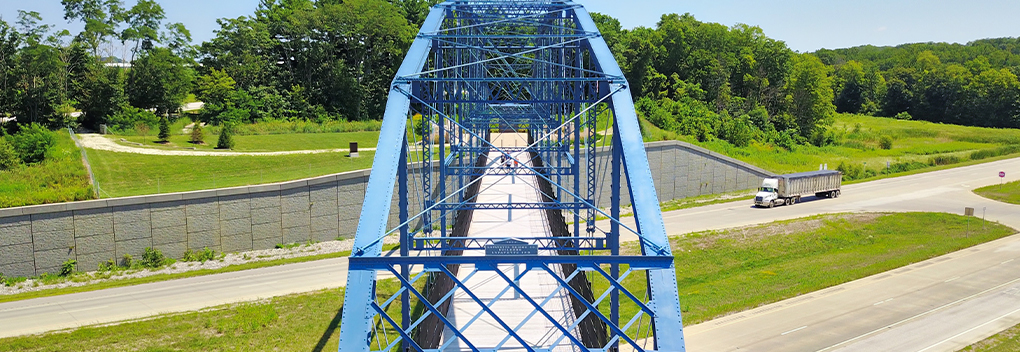As we know it is starting to get hot and humid. As we enter the summer months, let’s take the time and do our due diligence. It is important to be aware of the risks of heat-related illnesses and take timely precautions to prevent them.
Common Symptoms
Heat-related illnesses, such as heat exhaustion and heat stroke, can be serious and even deadly if left untreated. Symptoms of heat exhaustion include weakness, fatigue, dizziness, nausea, headache, and heavy sweating. Heat stroke, which is a medical emergency, can cause confusion, seizures, rapid heartbeat, and a high body temperature. When working in hot weather, safety is of the utmost importance to reduce the risk of heat-related illnesses. Proper hydration is essential, as it helps cool the body from the inside and prevents dehydration.
Whether walking to your car or performing a strenuous task at the jobsite, your body is always working to maintain a balance and sustain its core temperature. Our bodies are constantly exposed to elements that increase body heat and deplete hydration levels. Therefore, we must be extra careful when working in extreme conditions. Not only do extreme temperatures take a toll on the body, but they also make workers more susceptible to becoming dehydrated. Symptoms of dehydration include:
- Thirst
- Fatigue
- Muscle cramps
- Nausea, dizziness or confusion
- Excessive perspiration
- Hot, dry skin
Tips for Prevention
To prevent heat-related illnesses, it’s important to take a few simple steps to stay cool and hydrated:
- Dress for the weather. Wear loose-fitting, lightweight clothing that allows air to circulate.
- Stay hydrated. Drink plenty of water and avoid drinks with caffeine or alcohol, which can dehydrate you. Hydrate the night before working in the heat.
*As a general guideline, the recommended amount of water intake is one quart per hour of active work or exercise for the average adult. That is the equivalent of 128 ounces every four hours at minimum. It is also suggested that the water intake be distributed over a period, such as every 15 minutes per shift.
- Take breaks in the shade or in an air-conditioned space. If possible, schedule work during the cooler parts of the day or shift work to a cooler location.
- Use fans and cool towels to stay cool. Wet a towel with cool water and place it on your neck or forehead.
- Know the signs of heat exhaustion and heat stroke and seek medical attention if you or a coworker show symptoms.
Actions for Cure
What to do if an employee gets overheated:
- Move them to a cool, shaded area
- Loosen or remove heavy clothing
- Provide cool water to drink. Not Ice cold as this could do harm to the employee
- Fan and mist the person with water
- Call safety and your manager
Working in hot weather can be challenging, but with proper precautions and awareness, you can stay safe and healthy on the job. Remember to take breaks, stay hydrated, and dress for the weather. By working together, we can prevent heat-related illnesses and ensure a productive and safe work environment.
Stay cool, stay hydrated, and stay safe!

